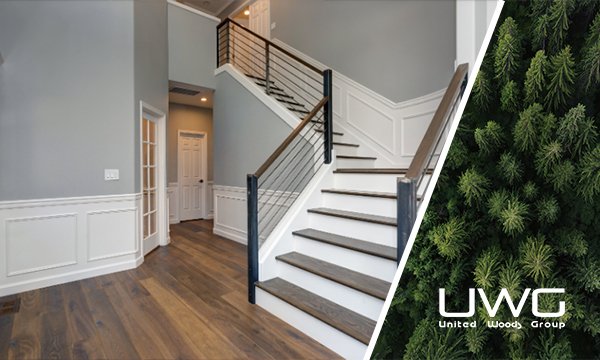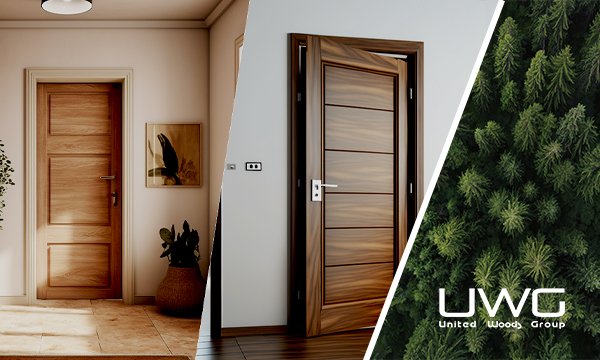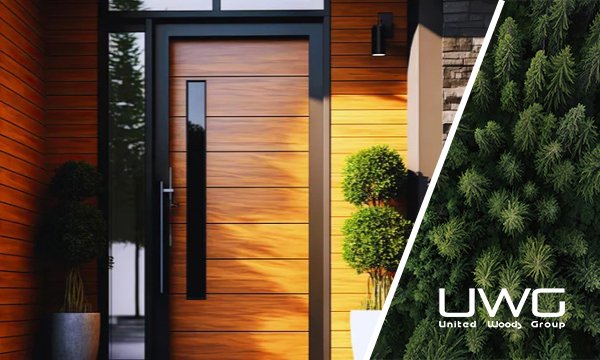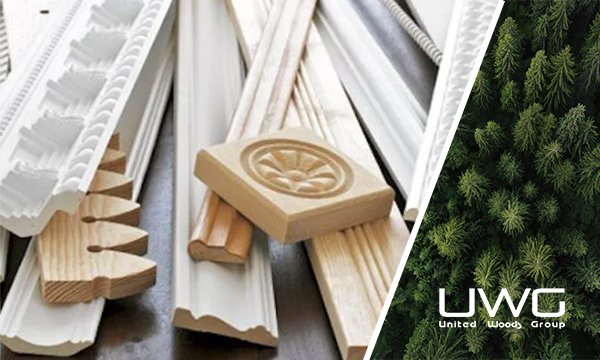Renovating your home can be an exciting but challenging task, especially when it comes to installing new hardwood flooring. One common question homeowners ask is whether they can install hardwood without removing the baseboards. This article explores the possibilities, methods, advantages, and disadvantages of installing hardwood flooring while keeping the baseboards intact.
Yes, it is possible to install hardwood flooring without removing the baseboards. This method often requires adding a piece of quarter round to cover the necessary gap left between the flooring and the baseboards. This approach is suitable for those who want to avoid the hassle of removing and reinstalling baseboards, potentially preventing wall damage.
- Do You Have to Remove Baseboards Before Installing Hardwood Floors?
- Can You Install Flooring Without Removing Baseboards?
- Do Baseboards Need to Be Removed to Refinish Hardwood Floors?
- Does Hardwood Go Under Baseboards?
- Can You Install Hardwood Without Removing Baseboards Reddit?
- How to Remove Baseboards
- Do You Have to Remove Baseboards to Install Vinyl Flooring?
- Do Flooring Companies Replace Baseboards?
- Shoe Molding
- How to Install Hardwood Floors
- Summary:
Let’s delve deeper into the methods, advantages, and disadvantages of this approach.
Do You Have to Remove Baseboards Before Installing Hardwood Floors?
Installing hardwood floors without removing the baseboards is a viable option for many homeowners. While traditionally, baseboards are removed to ensure a seamless installation, this step can be skipped if done correctly. Some homeowners may choose to leave baseboards in place because they have been securely attached to the wall with adhesive, and removing them might cause significant damage to the walls or the baseboards themselves. In such cases, the risk of damage may outweigh the benefits of removing the baseboards.
One method to achieve a professional look without removing baseboards is to use a technique called undercutting. This involves trimming the bottom of the baseboards slightly to allow the hardwood to slide underneath. This method can be time-consuming and requires precision, but it ensures a clean finish and eliminates the need for additional trim pieces like quarter round.

Can You Install Flooring Without Removing Baseboards?
If you prefer not to deal with removing baseboards, you can leave them in place. However, you must leave a ¼” gap between the baseboard and flooring to accommodate expansion over time. Wood naturally expands and contracts with changes in humidity and temperature, and this gap prevents the flooring from buckling. After installing the hardwood, you can cover this gap with quarter round or shoe molding, which can be painted or stained to match the baseboards.
While this method is convenient, it is important to note that the addition of quarter round or shoe molding can slightly alter the appearance of your baseboards. Some homeowners find this aesthetically pleasing, as it adds an extra layer of detail, while others may prefer the clean, uninterrupted look of baseboards without additional trim.

Do Baseboards Need to Be Removed to Refinish Hardwood Floors?
Refinishing hardwood floors is a process that can potentially damage your base trim if left on, but removing them may also cause damage. The best practice is to remove and replace shoe moldings while keeping the baseboards intact to protect them during the refinishing process. This approach minimizes the risk of damage to your walls and baseboards while still allowing you to achieve a professional finish on your hardwood floors.
If you choose to leave the baseboards in place during the refinishing process, be sure to protect them with painter’s tape or a similar barrier to prevent any accidental damage from sanders or other tools. Additionally, refinishing without removing the baseboards requires careful attention to detail to ensure that the edges of the flooring are properly refinished and sealed.

Does Hardwood Go Under Baseboards?
For those who prefer protecting their walls during hardwood floor installation, installing baseboards first can be beneficial. However, for a gapless, seamless look, laying the floors before installing baseboards is recommended. This method requires precision but results in a more polished appearance.
When hardwood flooring is installed before the baseboards, it allows for a tighter, more professional finish. The baseboards can then be installed over the edges of the flooring, covering any expansion gaps and creating a seamless transition between the floor and the wall. This approach is often preferred by professional installers and can result in a higher-quality finished product.

Can You Install Hardwood Without Removing Baseboards Reddit?
Discussions on Reddit confirm that many homeowners have successfully installed hardwood flooring without removing baseboards. The consensus is that while it is possible, it often requires additional work, such as undercutting the baseboards or adding quarter round molding. Homeowners who have tried this method often share tips and tricks to achieve the best results, such as using a multi-tool to undercut baseboards or selecting the right type of quarter round to match their existing trim.
One common piece of advice from experienced DIYers is to take your time and be precise. Installing hardwood without removing baseboards can be a bit more challenging, but with careful planning and attention to detail, it can be done successfully.

How to Remove Baseboards
If you decide that removing baseboards is the best option for your project, here’s a simple method: carefully score the caulk line with a utility knife, gently pry the baseboard away from the wall using a putty knife and pry bar, and remove any remaining nails or adhesive residue. This method helps to minimize damage to your walls and baseboards, making it easier to reinstall them after your flooring project is complete.
Before starting, gather all necessary tools, including a utility knife, putty knife, pry bar, and a hammer. It’s also a good idea to have some wood filler on hand to repair any minor damage that may occur during the removal process. By working slowly and carefully, you can successfully remove your baseboards without causing significant damage to your walls or trim.

Do You Have to Remove Baseboards to Install Vinyl Flooring?
Similar to hardwood, vinyl flooring can also be installed without removing baseboards. Ensuring a proper gap for expansion and using quarter round to cover the gap can result in a successful and aesthetically pleasing installation. Vinyl flooring is often more forgiving than hardwood when it comes to expansion and contraction, but it is still important to leave a small gap to prevent any issues over time.
When installing vinyl flooring without removing baseboards, you can use the same techniques as with hardwood, such as undercutting the baseboards or adding quarter round. The key is to ensure that the flooring has enough room to expand and contract naturally, preventing any potential issues down the road.

Do Flooring Companies Replace Baseboards?
Many flooring companies offer services to remove and replace baseboards as part of their installation package. This service can save you time and effort, ensuring a professional finish. Professional installers have the tools and expertise to remove baseboards without causing significant damage, and they can also reinstall them after the flooring is complete, ensuring a seamless look.
If you choose to hire a professional flooring company, be sure to ask about their baseboard removal and replacement services. This can be a valuable addition to your flooring project, ensuring that everything is completed to the highest standards.

Shoe Molding
Shoe molding, or quarter round, is an essential component when installing flooring without removing baseboards. It helps cover the expansion gap, providing a clean and finished look to the flooring edges. Shoe molding is available in a variety of materials and finishes, making it easy to find an option that matches your existing trim.
When selecting shoe molding, consider the height and width of your baseboards, as well as the overall style of your home. By choosing a molding that complements your existing trim, you can achieve a cohesive and polished look.

How to Install Hardwood Floors
Installing hardwood floors involves several steps: preparing the subfloor, laying out the flooring, applying adhesive or using nails, and ensuring proper expansion gaps. Detailed instructions and professional advice can help achieve the best results. Here is a step-by-step guide to installing hardwood floors:
1.Prepare the Subfloor: Ensure that the subfloor is clean, dry, and level. Remove any old flooring materials and repair any damage to the subfloor.

2.Acclimate the Hardwood: Allow the hardwood flooring to acclimate to the room’s temperature and humidity for at least 48 hours before installation.

3.Lay Out the Flooring: Plan the layout of the flooring, starting from the longest wall and working towards the opposite wall. Use spacers to maintain expansion gaps around the perimeter of the room.

4.Install the Flooring: Depending on the type of hardwood, you may use adhesive, nails, or a combination of both to secure the flooring to the subfloor. Work slowly and carefully to ensure that each board is properly aligned and secured.

5.Finish the Edges: After the flooring is installed, add shoe molding or quarter round to cover the expansion gaps and provide a finished look.

By following these steps and taking your time, you can successfully install hardwood floors in your home.
Summary:
Installing hardwood flooring without removing baseboards is a feasible option with careful planning and execution. By understanding the methods and utilizing tools like quarter round molding, you can achieve a professional and polished look without the extra hassle of removing and reinstalling baseboards. For further guidance, consult with flooring professionals to ensure the best outcome for your home renovation project.








